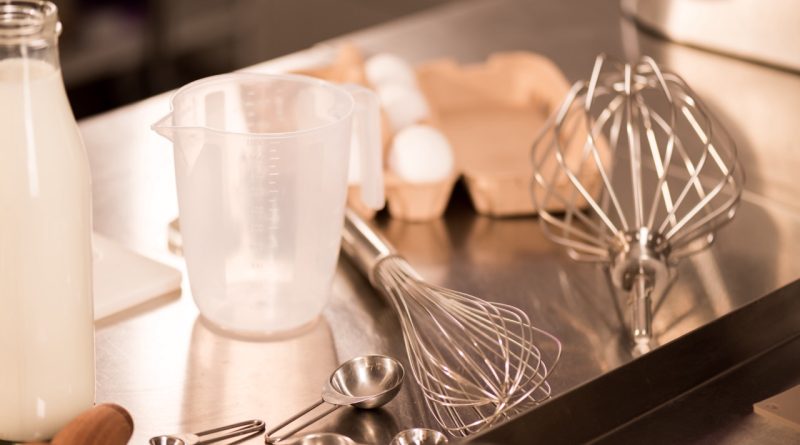The Signature Craftsmanship Of Zwilling’s Hand-Forged Series
Zwilling, a name synonymous with quality in the culinary world, has long been revered for its exceptional craftsmanship in knife manufacturing. Among its renowned collections, the Hand-Forged Series stands out for its artistry and performance. This article delves into the intricate craftsmanship behind these knives, the materials that contribute to their excellence, the benefits they offer to culinary enthusiasts, and the maintenance necessary to ensure longevity.
Exploring the Artistry Behind Zwilling’s Hand-Forged Knives
The artistry of Zwilling’s Hand-Forged Series is a testimony to traditional craftsmanship combined with modern innovation. Each knife is meticulously crafted by skilled artisans who utilize techniques passed down through generations. This process involves heating high-quality steel to extreme temperatures and then shaping it through hammering, resulting in a blade that is not only sharp but also resilient. The attention to detail in this labor-intensive method produces knives that are both functional and aesthetically pleasing.
The forging process enhances the blade’s molecular structure, creating a superior edge retention and strength. Unlike mass-produced knives, which are often stamped from sheets of steel, hand-forged knives feature a unique character and balance that can only be achieved through this meticulous method. Each knife in the Hand-Forged Series has a distinct personality, making it a favorite among chefs and home cooks alike.
Moreover, Zwilling employs a rigorous quality control process ensuring that each knife meets the brand’s high standards. This commitment to excellence is evident in the performance of their knives, which are designed to handle a variety of culinary tasks with ease. From slicing vegetables to carving meats, the Hand-Forged Series exemplifies the perfect marriage of tradition and technology in knife craftsmanship.
Understanding the Materials Used in Craftsmanship
The choice of materials is critical in the creation of Zwilling’s Hand-Forged knives. High-carbon stainless steel is the primary material used, known for its durability and resistance to corrosion. This steel is carefully selected to ensure that each knife not only maintains its sharpness but also withstands the rigors of daily use in the kitchen. The high-carbon content contributes to the blade’s hardness, allowing it to achieve and retain a sharp edge longer than conventional stainless steel.
In addition to the steel, the handles of Zwilling’s Hand-Forged knives are crafted from premium materials such as Pakkawood or synthetic composites. Pakkawood, a durable and water-resistant material, offers an elegant finish while providing a comfortable grip. These materials are chosen not only for their aesthetic appeal but also for their ability to withstand the demands of a busy kitchen environment.
Furthermore, Zwilling’s commitment to sustainability is evident in its material sourcing practices. The company strives to use eco-friendly processes in its manufacturing, ensuring that the materials are not only high-quality but also responsibly sourced. This dedication to sustainability enhances the overall value of the knives, making them an excellent choice for environmentally conscious culinary enthusiasts.
The Benefits of Hand-Forged Knives for Culinary Enthusiasts
Culinary enthusiasts can benefit greatly from incorporating Zwilling’s Hand-Forged knives into their kitchen arsenal. One of the primary advantages is the superior edge retention that these knives provide. The hand-forged process results in a blade that can maintain its sharpness longer than many mass-produced alternatives, reducing the frequency of sharpening and allowing chefs to focus on their culinary creations.
Another significant benefit is the enhanced balance and weight distribution that hand-forged knives offer. The forging process allows artisans to create blades that feel comfortable in hand, which is essential for precision and control while cutting. This ergonomic design minimizes fatigue during extended cooking sessions, making these knives ideal for both professional chefs and home cooks who spend considerable time in the kitchen.
Moreover, the aesthetic appeal of Zwilling’s Hand-Forged knives cannot be overlooked. With their unique patterns and finishes, these knives serve as not only functional tools but also as beautiful additions to any kitchen. This combination of beauty and functionality makes them a worthwhile investment for anyone passionate about cooking, as they can elevate both the experience and presentation of culinary endeavors.
Maintaining Your Zwilling Hand-Forged Knife for Longevity
Proper maintenance of your Zwilling Hand-Forged knife is essential to ensure its longevity and optimal performance. Regular cleaning is crucial; knives should be washed by hand with mild soap and warm water immediately after use to prevent food residues from hardening on the blade. Avoid placing them in the dishwasher, as the high heat and harsh detergents can damage the blade and handle materials.
Additionally, regular honing is necessary to maintain the blade’s sharpness. Using a honing steel or ceramic rod gently realigns the edge, keeping it sharp between professional sharpenings. It’s recommended to hone your knife before each use, particularly if it has undergone heavy use. For deeper sharpening, professional services or a quality whetstone can be employed every few months, depending on usage frequency.
Finally, proper storage is vital for preserving the integrity of the blade. Using a knife block, magnetic strip, or blade guards can protect the edge from nicks and damage. By taking these maintenance steps, culinary enthusiasts can extend the life of their Zwilling Hand-Forged knives, ensuring they remain a reliable companion in the kitchen for years to come.
Zwilling’s Hand-Forged Series represents the pinnacle of knife craftsmanship, combining traditional techniques with quality materials to create tools that cater to culinary enthusiasts at all levels. The artistry behind each knife, the carefully selected materials, and the myriad benefits they offer underscore their value in any kitchen. By maintaining these knives properly, cooks can enjoy their superior performance and beauty for many years, making them a worthwhile investment in culinary excellence.
